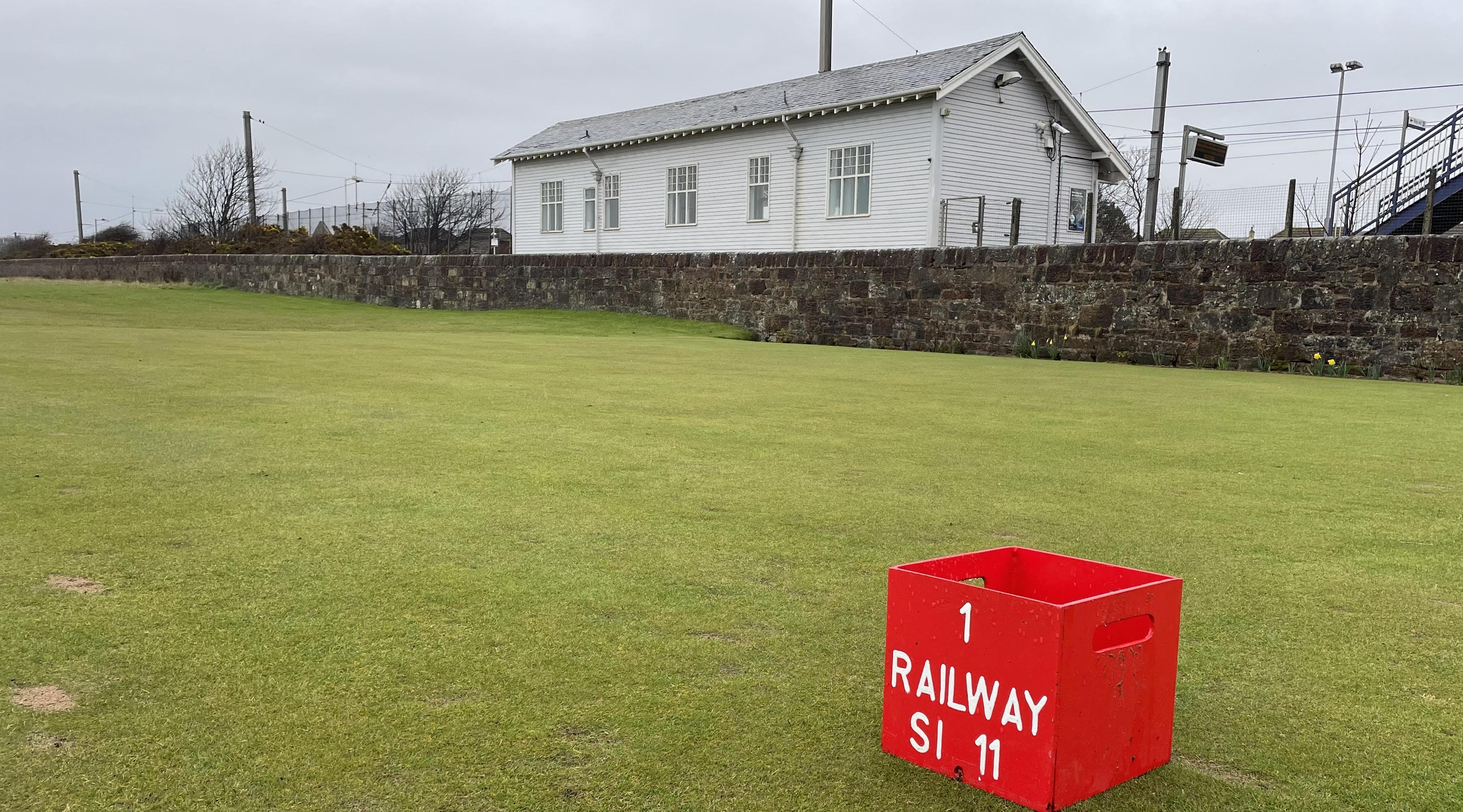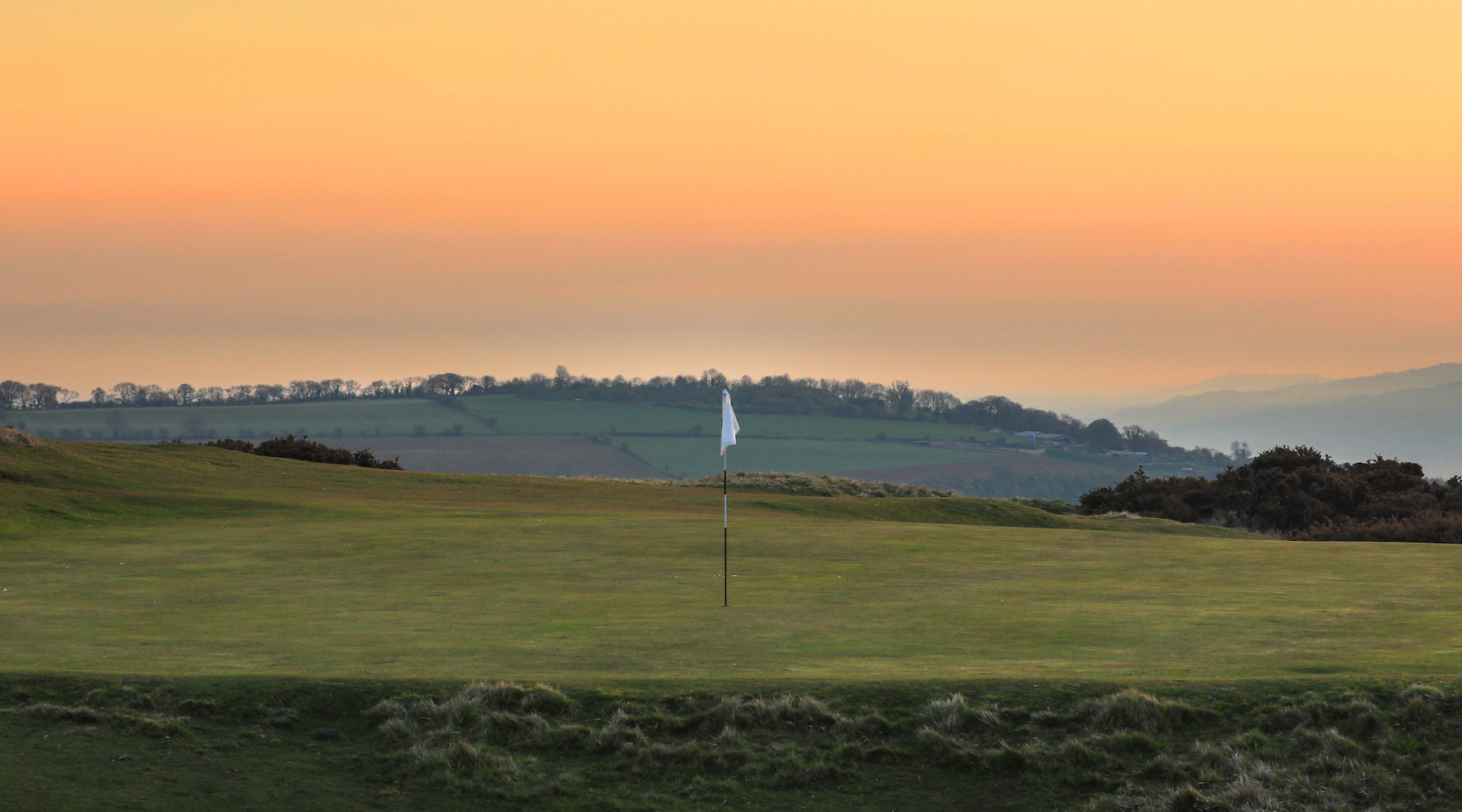I grew up playing golf in America.
The game I knew was placed on well-manicured courses, neatly-designed, with everything in its place. I liked golf, but I liked lots of other things too.
And then I moved to the UK.
Over here, golf felt different. Raw, organic, and a bit unpredictable, like a good movie with a few unexpected twists. It wasn’t about pristine conditions or picture-perfect fairways. It was about land that seemed to breathe with history, courses that were more character than commodity, and a culture that embraced the game’s quirks rather than trying to smooth them out.
Take the Cotswolds, for instance. You’ve got Cleeve Hill, Painswick, and Minchinhampton Old Course—rural, rugged gems that seem carved out of the landscape rather than imposed on it. Playing there is like stepping into a timeless painting, where every slope and contour whispers of centuries past. It’s golf at its purest: unrefined, untouched, and utterly absorbing. Sure, there’s a path, but it’s more of a suggestion than a direction.
Then there’s Rye, a personal favourite, where tradition isn’t just preserved; it’s practically bottled and served at the clubhouse bar. Stepping onto that course is like stepping into a book — you can almost picture Bernard Darwin himself ambling along, notebook in hand, contemplating the perfect putt. Rye keeps the spirit of the game alive, where you’re not just playing golf; you’re playing a part in its long, storied history.

Royal West Norfolk (photo: Bullpens & Bunkers)
And Royal West Norfolk? Now that’s a course that doesn’t just toy with your game; it toys with your senses. You start by walking across the beach to the first green, dodging the tide and feeling the sea breeze in your face. It’s a journey just to get to the round, and that’s before you’ve even hit a shot. The course itself is a beautiful, stubborn beast—one that dares you to respect the land and the elements. It’s part golf, part pilgrimage, and all unforgettable.

Shiskine (photo: Bullpens & Bunkers)
Speaking of pilgrimages, the Isle of Arran holds a special place in my heart. I made the trek to play what I firmly believe are the greatest 12 holes of golf on the planet at Shiskine. No fancy clubhouse, no pretensions—just pure, unfiltered golf with views that make you forget how many shots you’re over par. It’s the kind of place where every hole is its own adventure, complete with blind shots, dramatic drops, and greens tucked into secret coves.

Corrie (photo: Bullpens & Bunkers)
And after that, there’s Corrie, a picturesque little course just down the road, which feels like you’ve stumbled upon a hidden treasure. Playing there is like being let in on a wonderful secret that the world hasn’t quite discovered yet.
When I first moved to England, I chased the best of the best, hunting down all 14 courses that have hosted The Open Championship. Playing at St. Andrews, Royal Portrush, Royal St. George’s—each was jaw-dropping in its own right, ticking off bucket-list dreams. There’s something undeniably thrilling about standing on the same tees where the game’s legends have battled for the Claret Jug.
But here’s the twist: as much as I cherished those rounds, it was the “other” courses nearby that left me with the most indelible memories.
Take St. Andrews, for instance. Sure, the Old Course is a spiritual home, but wander just a little, and you’ll find gems like the Elie or Anstruther, where the vibe is just as authentic, but with a touch less pressure to post a score that matches your fantasy.
Over in East Lothian, Muirfield and North Berwick are as iconic as they come, but the lesser-known gems—like Dunbar or Kilspindie—offered rounds filled with whimsy and charm.

The Addington (photo: Bullpens & Bunkers)
I found the same joy across the Surrey Sandbelt, where the glories of Sunningdale and Walton Heath are well-documented, but places like The Berkshire or Swinley Forest (a slice of golfing heaven that feels like a private invitation to a very secret club) are where the true magic happened. Just promise you won’t overlook Hankley Common or The Addington... where you question how do they possibly stay under the radar of most visitors from the States.

Prestwick St Nicholas (photo: Bullpens & Bunkers)
And don’t even get me started on Troon—sure, the Open venue is a beast, but I found just as much joy hacking my way through the likes of Western Gailes or Prestwick St. Nicholas.
And, of course, no round is complete without the post-golf pint – a ritual sadly-neglected by the busy schedules of my golfing partners back at home. There’s nothing quite like sinking a well- earned pint of Tennents or a smooth Guinness at a local pub, still wearing a touch of mud from the course.
Or maybe it’s a dram of whisky, warming your soul after a day braving the wind on a windswept links. Those moments, glass in hand, reliving the highs and lows of the day, are as much a part of the game as the swings themselves. It’s a chance to soak it all in, to savour the place, the people, and the stories that linger long after the last putt has dropped.
It’s funny, isn’t it? You spend years chasing the marquee names, expecting to be transformed by the sheer weight of history. And don’t get me wrong, playing an Open rota course in tournament condition is like starring in your own golf epic. But the real stories, the ones you find yourself sharing over a pint long after the round, are about those unexpected, delightful encounters on the courses next door. The places where you don’t have to jostle for a photo on the Swilcan Bridge, or fight a crowd to see the line on a green. It’s there, in the shadows of the famous courses, that golf feels truest to itself— unpretentious, welcoming, and endlessly fascinating.
There’s a reason why I find myself more captivated by golf’s history and architecture than the modern obsession with stats and yardage. When I walk a course designed by the likes of Dr. MacKenzie, Colt, or Braid, I’m not just playing; I’m stepping into a story. These aren’t just holes—they’re canvases painted with intention, strategy, and a little bit of mischief. And while I love a well-crafted design, it’s the untamed, whimsical courses that steal my heart. The ones that invite you to take off the GPS and play by feel, where the bunkers are as much a surprise to the architect as they are to the player.
Sometimes I wonder if what we’re all chasing in golf is a bit of nostalgia. Maybe it’s a desire to connect to something timeless, a simpler joy that’s harder to find in modern life.
I believe golf, at its best, allows us to coexist with nature, respecting its rhythms while enjoying the challenges it presents. And it’s clear that the game isn’t just about competition; it’s about creating memories with kindred spirits. When you find that perfect course, with its blend of randomness and beauty, it leaves you wanting more—not in a glutenous way, but in the way a traveller yearns for more stories, more encounters, more adventures.
Golf, for me, is about the pursuit. It’s the allure of the journey, the places it takes you, and the memories it leaves behind. It’s the road less traveled, the book half-read, and the cocktail you want to savour. That’s the game I love, and that’s the game I hope to share with others.
Bullpens & Bunkers spends his time between the USA and England and has recently launched a boutique travel consultancy in partnership with XENTRA Travel. Together, they aim to introduce American golfers to the joys of golfing across the UK and Ireland. To learn more, get in touch, or follow his golf adventures, find him on Twitter/X or Instagram (@bullpen24).
dventures in golf on Twitter / X or Instagram
Read more

Modern equipment might make the game easier, but does it make it more enjoyable? James Day is not convinced...

In today’s always-on world, golf offers us a rare opportunity to embrace the unpredictable. In his second piece for the Players’ Journal, Bullpens & Bunkers explains how he learned to love exp...




